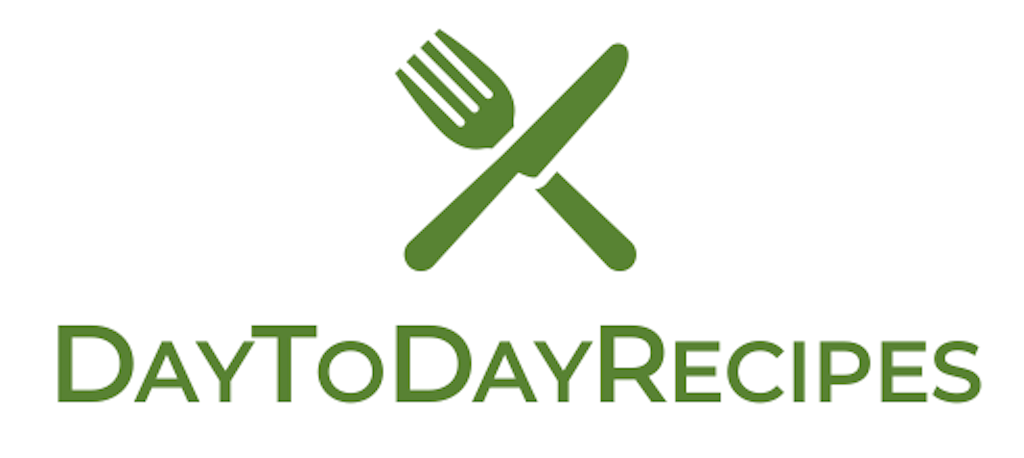Mastering Volume Conversion: The Key to Culinary Precision
In the world of baking and cooking, precision is paramount. Ingredients need to be measured accurately to ensure the desired flavor, texture, and consistency of dishes. This is where volume conversion plays a pivotal role. As recipes travel across borders, they often come with measurements specific to a region’s unit system, be it metric or imperial. For a baker in Europe using a recipe from the U.S., or an American chef experimenting with an Asian delicacy, understanding and converting volume units like cups, tablespoons, liters, or milliliters becomes essential. This process ensures that the magic of the original recipe is retained, regardless of where it’s being recreated.
This volume unit converter is a handy tool designed to assist you in effortlessly converting the volume of various substances, whether they’re solid objects, gases, or liquids, from one unit of measurement to another. The converter is comprehensive, supporting both metric and imperial measurement systems.
For liquid measurements, the converter is versatile, accommodating both liters and its sub-units:
- Liters (also spelt as litres)
- Milliliters (ml)
For those familiar with the U.S. and Imperial conventions, the converter also covers:
- Fluid gallons (both U.S. and Imperial standards)
- Fluid quarts (both U.S. and Imperial standards)
- Fluid pints (both U.S. and Imperial standards)
- Fluid ounces (both U.S. and Imperial standards)
- Tablespoons
- Teaspoons
Whether you’re working with the metric or imperial system, this converter ensures your volume measurements are accurate and consistent.
Volume Conversion Frequently Asked Questions
1. Why is accurate volume conversion important in cooking and baking?
Answer: Accurate volume conversion is crucial in cooking and baking because even a slight variation in ingredient quantities can affect the taste, texture, and consistency of the final dish. Especially in baking, where chemistry plays a significant role, precise measurements ensure that reactions occur as intended, leading to the desired outcome.
2. Can I simply use online conversion tools for my recipes?
Answer: Yes, online conversion tools can be a great starting point, but it’s essential to ensure that the tool you’re using is reputable and accurate. Additionally, some ingredients, like flour, can vary in density, so it’s sometimes beneficial to use weight measurements (like grams or ounces) for more precision.
3. How do I convert between U.S. customary units and metric units in recipes?
Answer: To convert between U.S. customary units (like cups and tablespoons) and metric units (like milliliters or liters), you’ll need a conversion factor. For example:
- 1 cup = 240 milliliters (ml)
- 1 tablespoon = 15 ml However, always refer to a reliable conversion chart or tool when making these conversions.
4. Why do some recipes use weight measurements instead of volume?
Answer: Weight measurements, such as grams or ounces, provide more accuracy than volume measurements, especially for ingredients that can be compacted, like flour or brown sugar. Using weight ensures that the amount of the ingredient is consistent every time, regardless of external factors like settling or humidity.
5. Are there any general tips for ensuring accuracy when converting volume measurements in recipes?
Answer: Yes! Here are a few tips:
- Always use the right measuring tools (like liquid measuring cups for liquids and dry measuring cups for dry ingredients).
- When measuring dry ingredients, lightly spoon them into the measuring cup and level off with a flat edge.
- Double-check your conversions, especially when trying a new recipe or converting a cherished one to a different measurement system. It’s better to spend a few extra moments verifying than to have a dish not turn out as expected.


